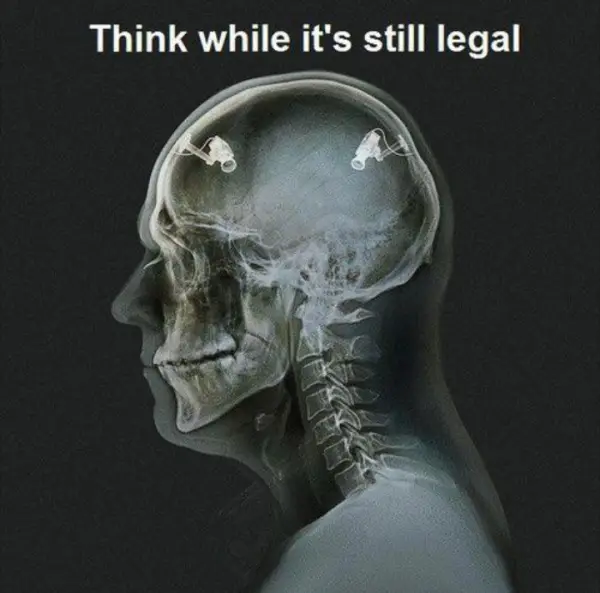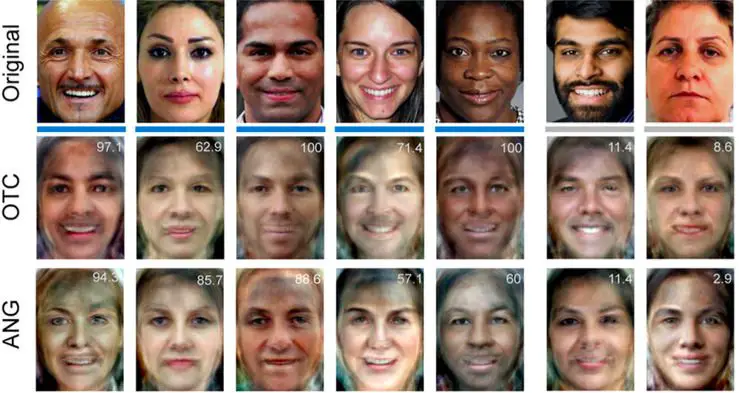Science & Tech
Scientists Create a Mind-Reading System That Projects Your Thoughts on a Screen

In the climate of global surveillance that surrounds our daily lives, the only safe place we can hide in is our own head. They are watching us through the surveillance cameras while everything we write, say and do online no longer belongs to the field of privacy. Only our thoughts and memories can’t be accessible to other people. Guess what? Not anymore.
Scientists from the University of Oregon have invented a mind-reading system capable of reading people’s thoughts using brain scans and then project them on a screen.
The related study, which was published in The Journal of Neuroscience, involved 23 volunteers who were shown 1,000 color photos of random faces. During this session, their brains were connected to an fMRI machine that monitored their neurological activity. So was an artificial intelligence program that was aimed to read the brain activity of the volunteers and capture a mathematical description of the shown faces.
In fact, this was the phase two of the experiment as the study had one more preceding phase that involved a training session for the mind-reading AI. Its purpose was to make the program memorize the correlation between certain patterns of brain activity and certain facial features.
In the phase two, with the help of the fMRI machine, the AI had to find what a face looked like based on the volunteers’ brain activity. Note that the faces shown to the participants were completely different in the two phases of the experiment.
The data used by the mind-reading system to reconstruct faces was based on the activity in two brain areas – the angular gyrus (ANG) and the occipitotemporal cortex (OTC). The ANG is responsible for spatial awareness, memory formation, number and language processing while the OTC’ function has to do with the processing of visual stimuli.
Check out the results of face reconstruction:

Well, the AI didn’t manage to reach very accurate results, did it? But before you get disappointed with this mind-reading tech, consider this. The researchers showed these reconstructed images to a different group of participants and asked them some general questions aimed to describe the faces, such as “Is this male or female?” “Is this person happy or sad?” etc. To the large extent, the responses were correct, which means that the AI did manage to capture the basic facial features.
As you see, this technology has a potential even though at the moment, the mind-reading system cannot provide accurate images of what people are thinking. However, it’s not the first experiment attempting to ‘hack’ the human mind and other research teams were quite successful at mind-reading of this kind too.
It seems that for now, our thoughts, memories and secrets are safe in our heads. So please, use the power of your beautiful mind while it’s still possible and legal 🙂
References:
Typos, corrections and/or news tips? Email us at Contact@TheMindUnleashed.com
